Summer Surprises in Front of My Nose!
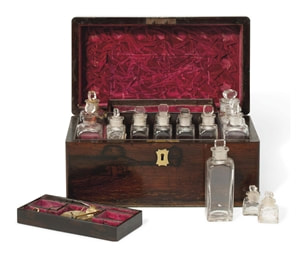
The little black berries are rich in antioxidants and they have an anti-inflammatory effect on the respiratory system. Elderberries help relieve congestion and are a wonderful source of vitamin A, Vitamin C, iron, potassium and vitamin B6. Well, I could go on and on, but if you feel inclined to use the berries, be advised that they are toxic if uncooked. In fact most of the rest of the plant is toxic if ingested as well.
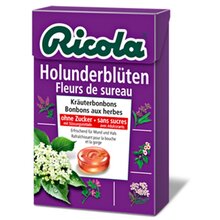
When the berries are dark blue or black, I will write about how I harvested them and what I did with them. In fact, elderberry juice is a USDA approved coloring for a variety of foods and drinks. It is also frequently used as a dye for fabrics and baskets.
On the homepage you find the big adventure of logging our woods!
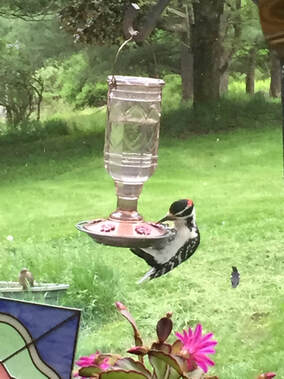
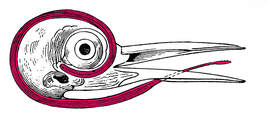
You see in the photo above that there are no ants in the feeder!
There is an article about hummingbirds on our home page and an update about hummingbirds in our posts in August 2015.
In general, nature is full of surprises. You only have to notice them.
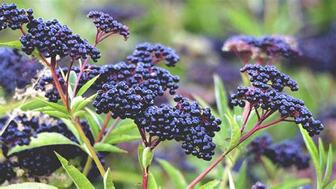
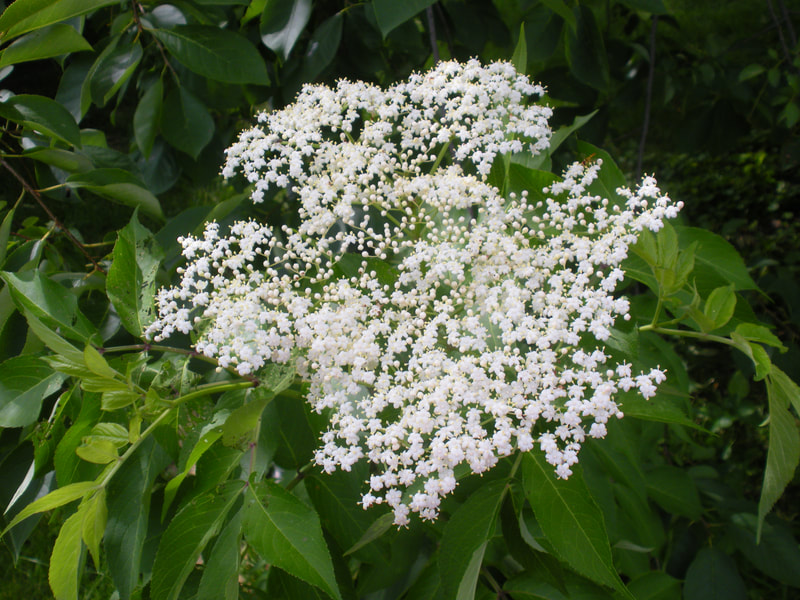

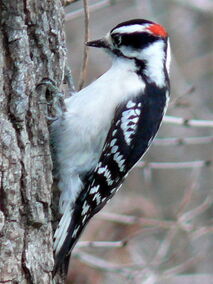
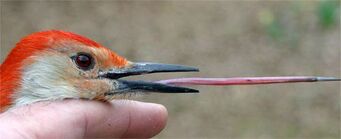
 RSS Feed
RSS Feed